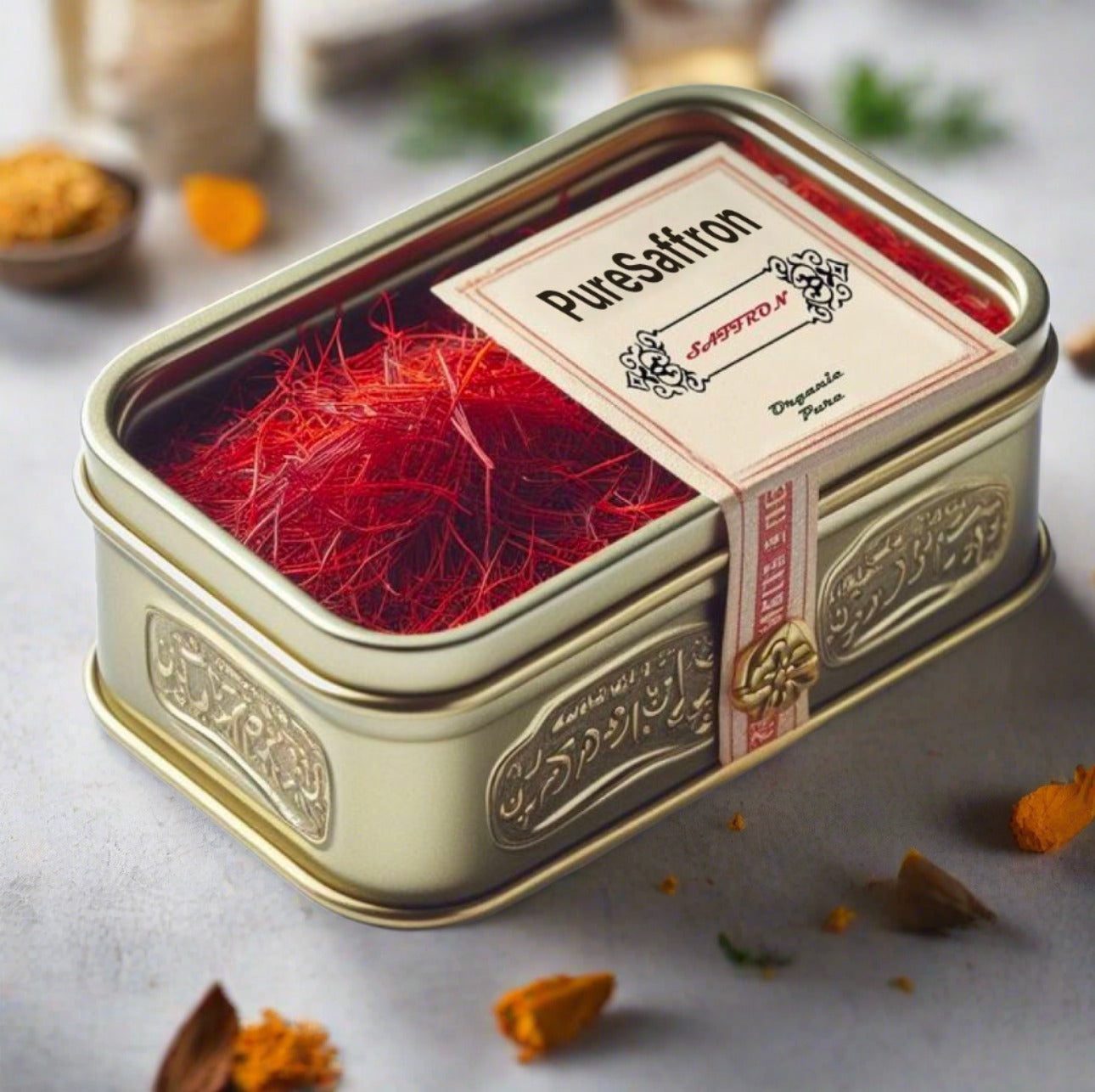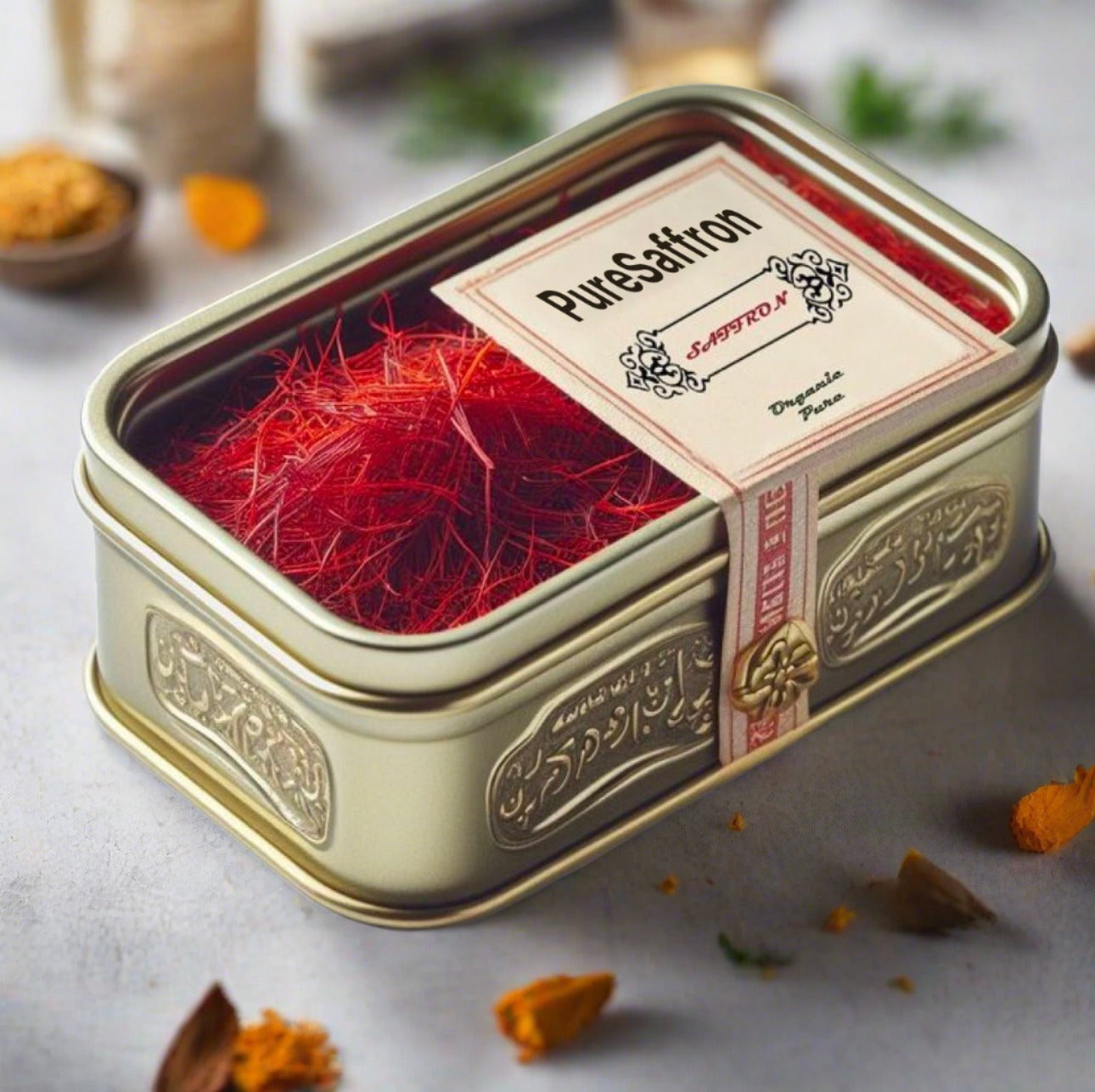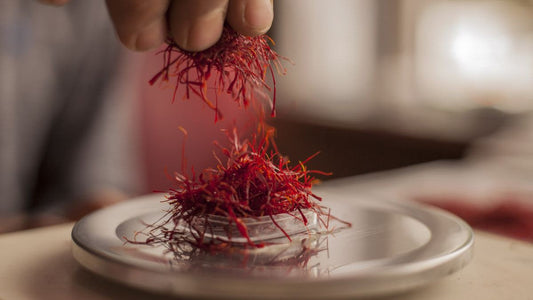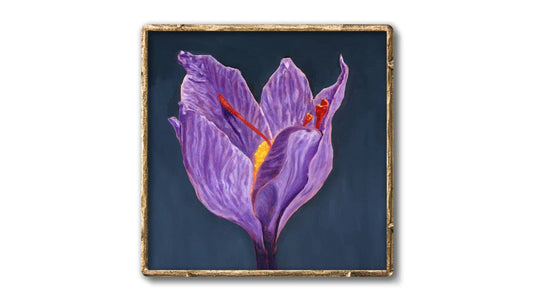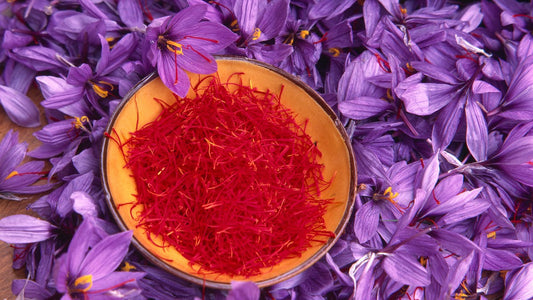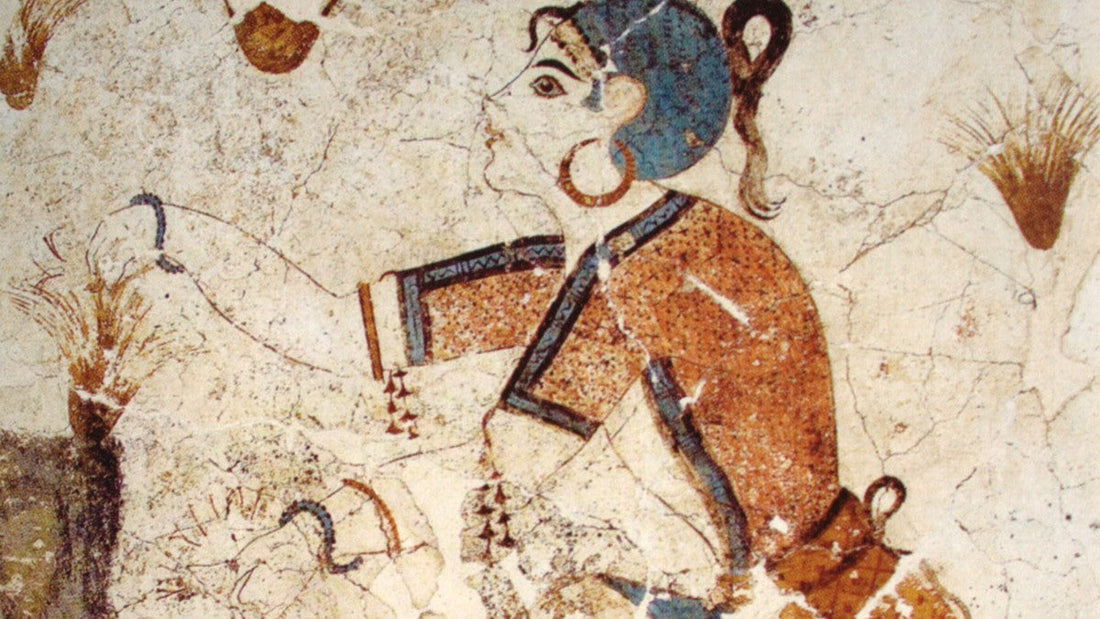
The Fascinating History of Saffron Cultivation Through the Ages
Ara OhanianShare
Introduction to the History of Saffron Cultivation
Saffron, often referred to as the "red gold," is one of the world's most precious and sought-after spices. Known for its vibrant color, unique taste, and medicinal properties, saffron has played a significant role in human history. But how did it all begin? The history of saffron cultivation spans thousands of years, crossing continents and cultures. From ancient rituals to modern culinary masterpieces, saffron’s journey is as rich as its golden threads.
The Ancient Origins of Saffron
The cultivation of saffron dates back over 3,000 years, making it one of the oldest spices in recorded history. Evidence suggests that saffron was first harvested in the region of ancient Persia (modern-day Iran), where it was used in religious ceremonies, traditional medicine, and even as a dye for royal garments.
Archaeological findings, including murals dating back to 1600 BCE in Crete, depict the saffron crocus being harvested, confirming its early prominence in ancient civilizations. Ancient texts from Persia, Greece, and India further highlight saffron's cultural and economic significance, where it was often traded as a luxury commodity.
Saffron in the Classical Era
During the classical era, saffron cultivation spread to other parts of the world, including Greece, Rome, and Egypt. The spice was revered for its versatility. The Egyptians used it in perfumes and as a symbol of wealth during burial rites. In Greece, saffron was associated with healing and was often mentioned in mythology, where it was believed to be a gift from the gods.
The Roman Empire further popularized saffron, incorporating it into their culinary traditions and medicinal practices. Roman elites used saffron-infused baths and cosmetics, elevating its status as a luxury product. As trade routes expanded, saffron found its way to the Indian subcontinent, China, and eventually Europe during the Middle Ages.
The Middle Ages and the Renaissance
The Middle Ages marked a pivotal period in the history of saffron cultivation. With the rise of the Silk Road and maritime trade routes, saffron became a highly prized commodity in Europe. Monasteries and noble estates began cultivating saffron in small quantities, particularly in Spain and Italy. Saffron was used not only as a spice but also as a medicine for treating various ailments such as the plague, digestive issues, and depression.
By the Renaissance, saffron’s popularity reached new heights. Its vivid golden hue made it a favorite among artists, who used it as a pigment in paintings. European rulers and aristocrats also sought saffron for its luxurious appeal, solidifying its status as a symbol of wealth and sophistication.
Modern Saffron Cultivation
Today, the cultivation of saffron has evolved into a highly specialized and labor-intensive process. Iran remains the world’s largest producer, contributing more than 90% of global saffron production. Other notable saffron-producing countries include Spain, India, Afghanistan, and Greece.
Modern saffron farming methods still rely heavily on manual labor. The saffron crocus (Crocus sativus) blooms for only a few weeks each year, and its delicate red stigmas must be handpicked. It takes approximately 75,000 crocus flowers to produce just one pound of saffron, underscoring its rarity and value. Despite advances in technology, the traditional hand-harvesting methods have remained largely unchanged, preserving the authenticity of this ancient spice.
The Cultural and Economic Significance of Saffron
Over the centuries, saffron has become more than just a spice; it is a cultural and economic cornerstone in many regions. In Iran, saffron is deeply intertwined with Persian cuisine, art, and traditions. In India, saffron holds religious significance, often used in rituals and ceremonies. Meanwhile, in Spain, saffron is indispensable in dishes like paella, showcasing its culinary versatility.
Economically, saffron cultivation provides livelihoods for thousands of farmers worldwide. Its high market value has made it a lucrative crop, especially in regions with arid climates and limited agricultural options. However, challenges such as climate change, labor shortages, and counterfeit products threaten the sustainability of saffron farming.
Preserving the Legacy of Saffron
The history of saffron cultivation is a testament to human ingenuity and resilience. From its humble beginnings in ancient Persia to its current status as a global luxury, saffron continues to captivate people with its beauty, flavor, and history. By supporting ethical and sustainable saffron farming practices, we can ensure that this golden spice remains a cherished part of our cultural and culinary heritage for generations to come.
If you’re inspired to experience the magic of saffron yourself, explore our selection of premium-quality Persian saffron here.
FAQs About the History of Saffron Cultivation
-
Q: Where was saffron first cultivated?
A: Saffron is believed to have been first cultivated in ancient Persia (modern-day Iran) over 3,000 years ago.
-
Q: What was saffron used for in ancient times?
A: In ancient times, saffron was used in religious ceremonies, traditional medicine, as a dye, and even as a luxurious cosmetic ingredient.
-
Q: How did saffron spread to other parts of the world?
A: Saffron spread to other regions through ancient trade routes like the Silk Road, as well as through maritime trade during the classical and medieval periods.
-
Q: Which country produces the most saffron today?
A: Iran is the largest producer of saffron, accounting for more than 90% of global production.
-
Q: Why is saffron so expensive?
A: Saffron is expensive because it is extremely labor-intensive to cultivate and harvest. It takes around 75,000 flowers to produce just one pound of saffron.
